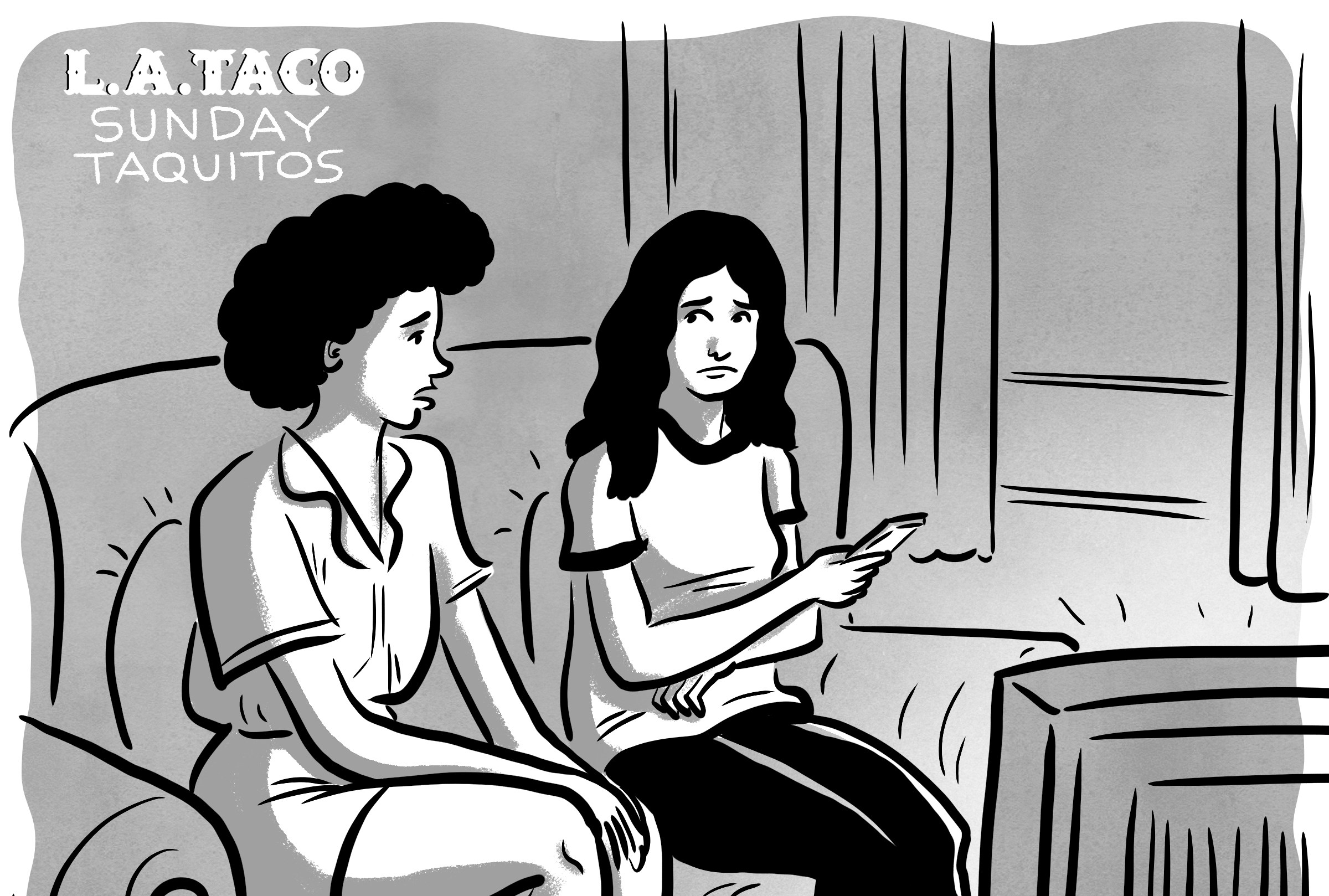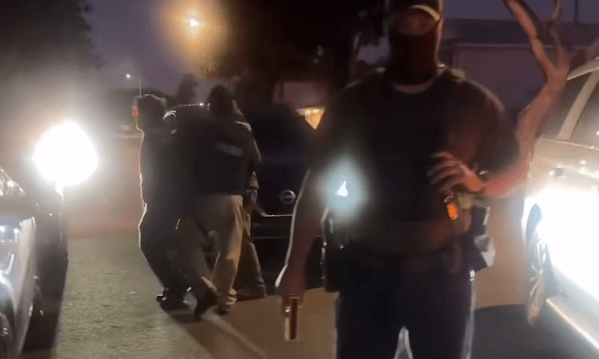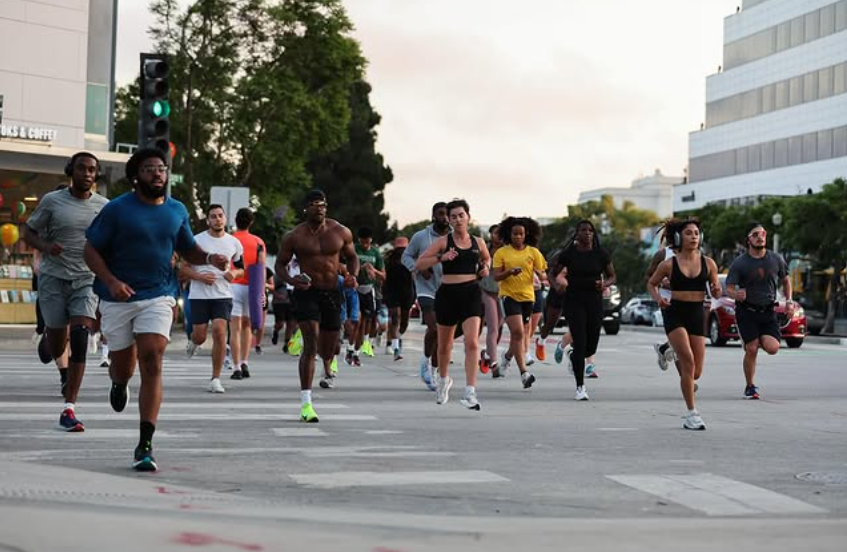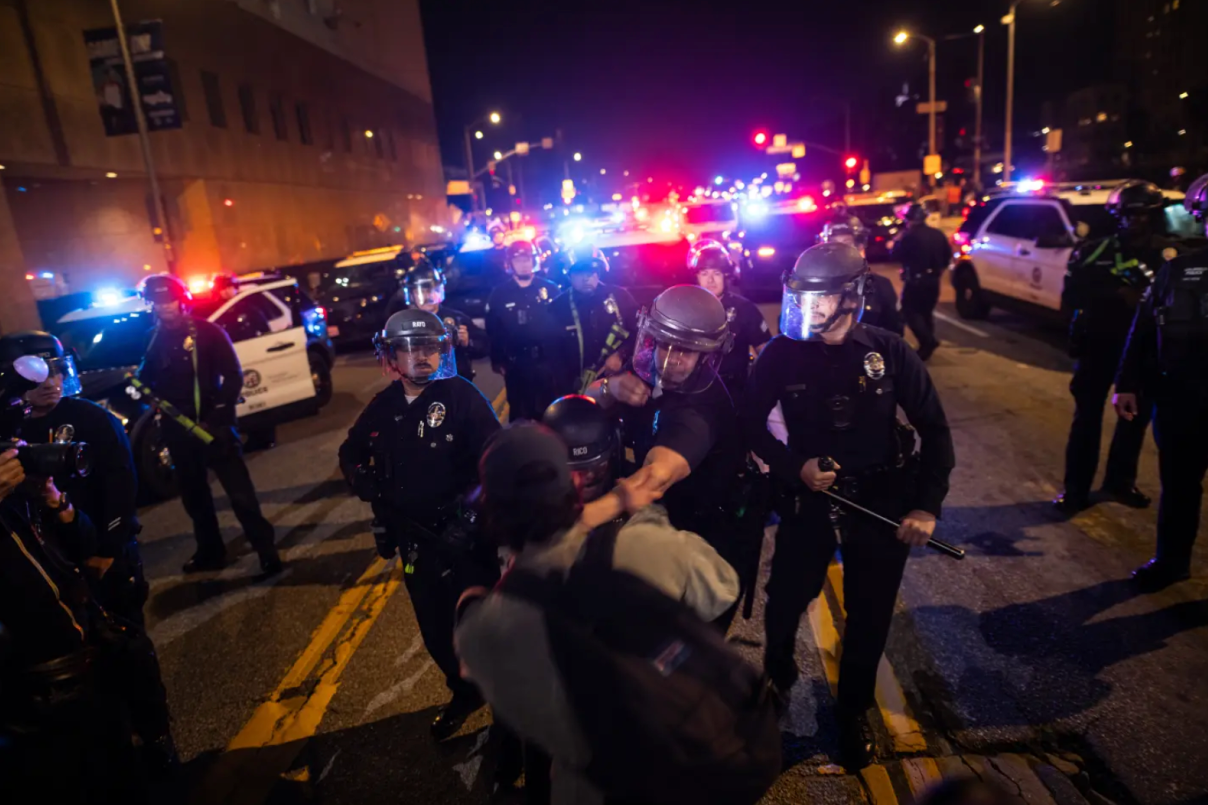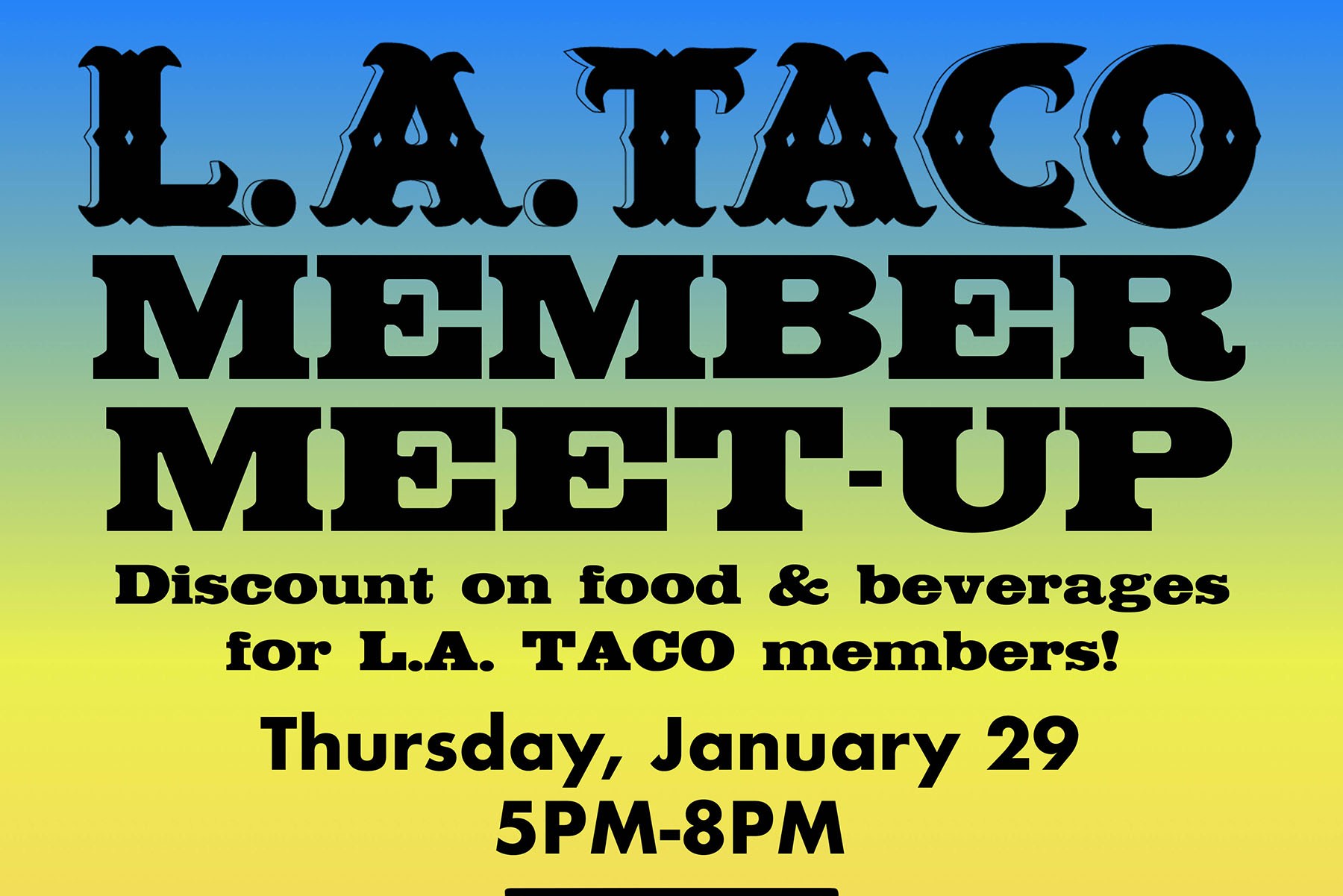"The mural, Home is Little Tokyo is the culmination of three years of work by almost 500 individuals, groups and organizations. At over 100 years old, Little Tokyo is the heart of the Southern California Japanese American community. The 16 x 40 foot mural captures this long history and is a celebration of community teamwork and self-determination.
Beginning with open community meetings, mural ideas were shared and gathered from Little Tokyo residents, small business owners, and local workers. As the design took shape, it went back to the community for further input. Finally, when public painting days were held, hundreds of people of all ages worked side-by-side bringing these ideas alive.
The mural is a collection of images from Little Tokyo's history. In the design, look for typical family-run produce stand from the early 1900s, a second generation Nisei couple dancing from the 1940s, a Nisei Week Queen waving from her 1950s convertible, and a little girl pounding - not only mochi, but a concentration campu guard tower from WWII. As AFrican Americans moved into Little Tokyo during the war years, it became known as Bronzeville. Jazz great Charlie Parker who lived in one of the area's many resident hotels, jams on his sax along with today's Japanese American soul music makers - taiko drummers.
The 1970s was a time of great change for Little Tokyo. As part of the Asian American Movement, many third generation Sansei returned to J-Town to serve the community. The mural recreates a popular photo of the time showing a Sansei carrying a first generation Issei at a community health fair. Picket signs in the mural capture the era's redevelopment struggles when the community organized to win affordable housing, maintain small businesses and build community and cultural spaces in spite of City and corporate pressure to transform Little Tokyo from a resident neighborhood into a tourist destination. Blending the past with the present, the mural also references the community's recent victory against a City-proposed 500 bed jail in Little Tokyo.
In the 1980s the movement for Redress and Reparations took center stage in the community. This is symbolized by the mural's image of an elderly woman lighting a candle with two children. Borrowed from a 1983 Day of Remembrance poster, it is a reminder of the fight against the imprisonment and relocation of 120,000 Japanese Americans during WWII. It also represents the candlelight vigil organized by the Little Tokyo community immediately after September 11, 2001 supporting Arab and Muslim Americans. Like Japanese Americans after Pearl Harbor, they also began facing harassment and constitutional rights violations.
Other images represent the broad range of Little Tokyo experiences. many Shin Issei, immigrants from Japan after WWII, requested images of Mt. Fuji and Sakura (cherry blossoms) to remind them of their homeland. Some images come directly from Community life: basketball leagues, martial arts, and Obon dancing. The image of the girl carrying a sign supporting the Little Tokyo Recreation Center urges the viewer to get involved making long-struggled needs of the community a reality. The image of the Latino restaurant worker is a reminder of the neighborhood's multi-ethnic diversity and the importance that all workers in Little Tokyo earn a living with respect and dignity. Along with the three colorful dancing figures, the hanging lanterns give the mural a festive feel and are childhood reminders of the annual Nisei Week parades.
The texts around the boarders of the mural capture Little Tokyo's uniqueness. The Japanese characters on the right and left read, Little Tokyo wa wareware no kokoro furusato desu, which means, "Little Tokyo is the 'home sweet home' of our hearts." The four English sentences on the top and bottom of the mural were created during community-wide planning meetings on the future of Little Tokyo in 2003. The read: Little Tokyo is a complete Living & Thriving 100 year old community, Little Tokyo is the Gathering Place and Destination for Japanese American community and culture, Little Tokyo is a Spiritual Place, and Little Tokyo is a Bridge to downtown communities. As the area faces new development, these guiding principles assert that all new projects support and strengthen Little Tokyo so it can thrive and grow for another 100 years.
Text from the source, reported by publicartla.com
